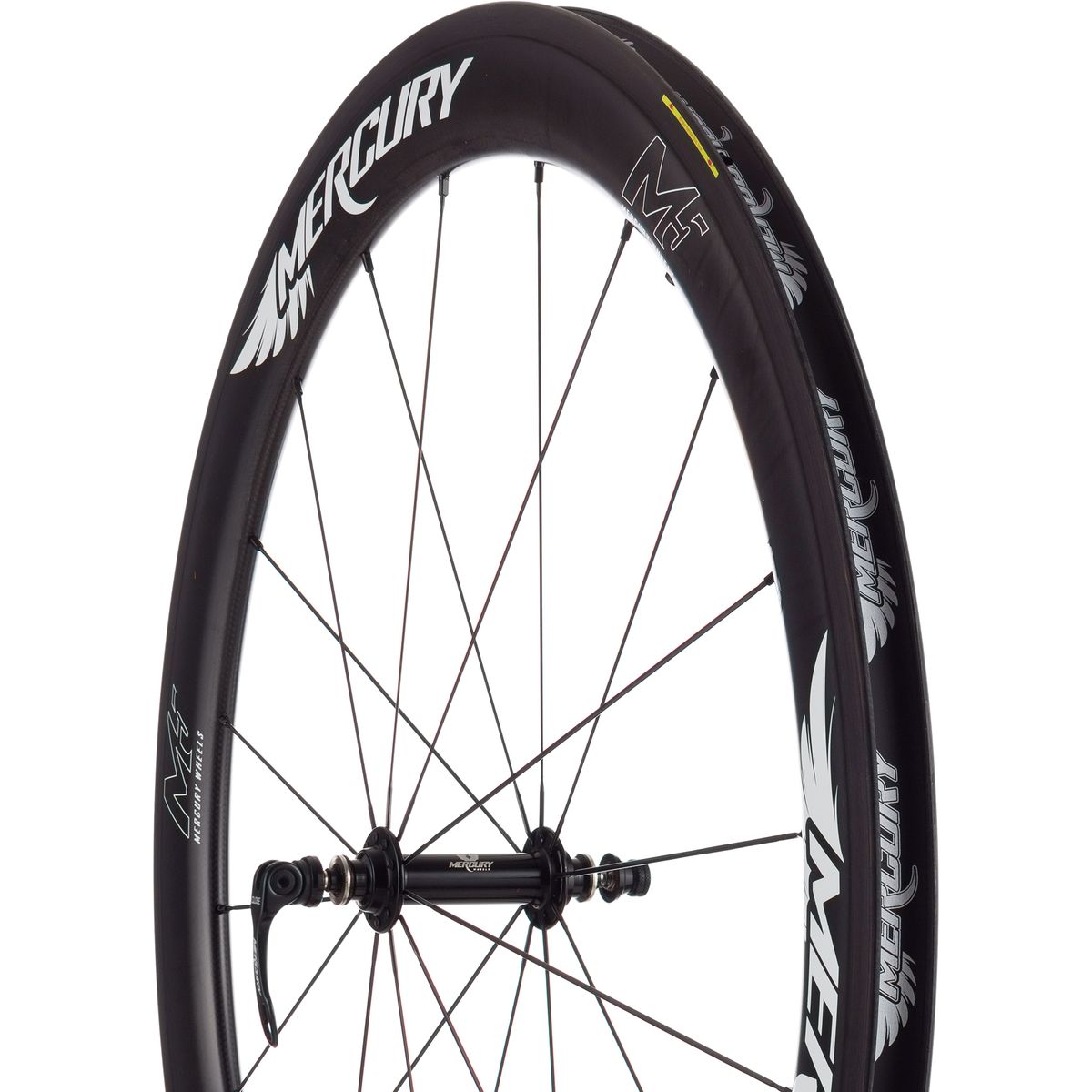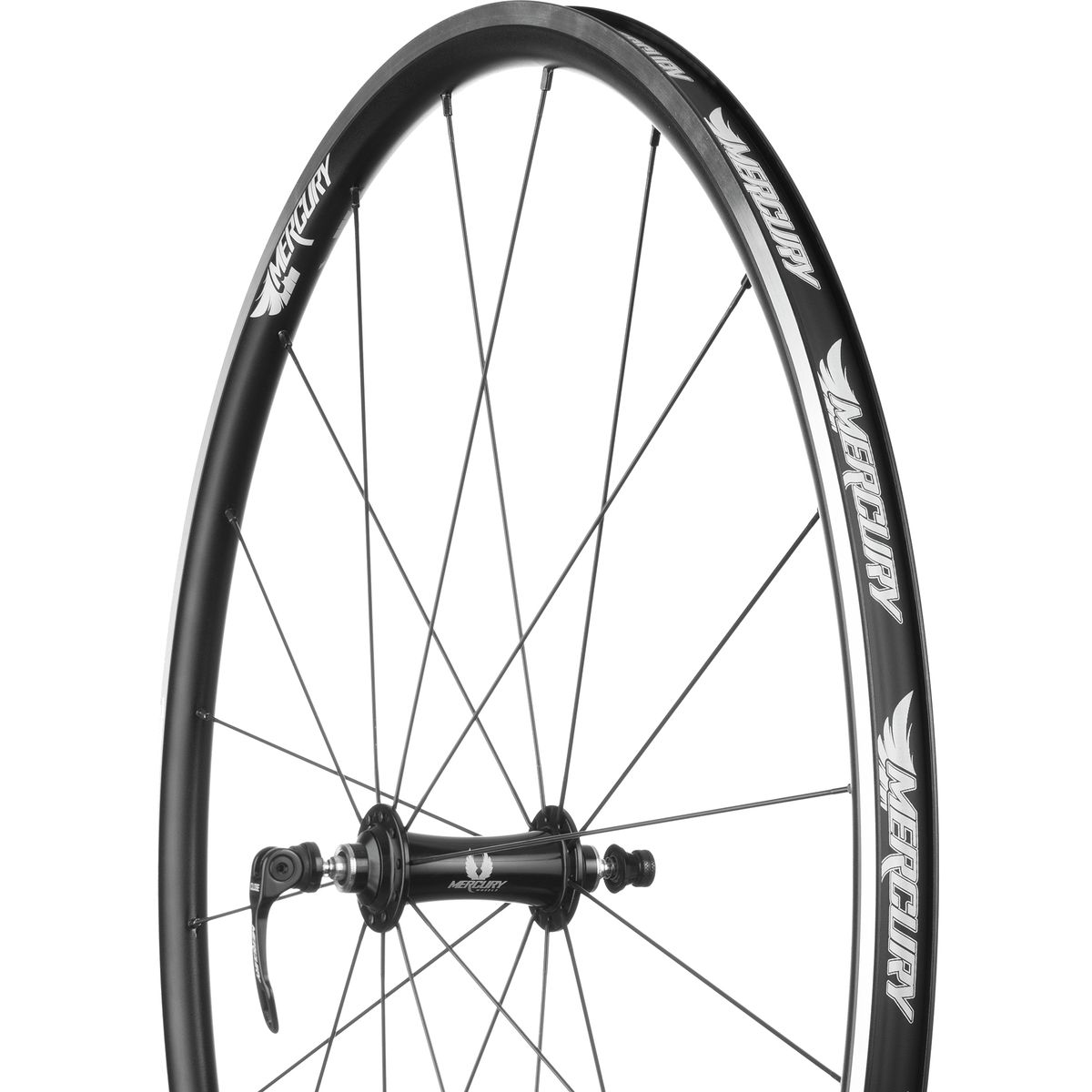
|
It's appropriate that Mercury Wheels' name and logo reference a Roman god who is the patron of, among other things, travelers and thieves. Atop Mercury's M5 Clincher Wheelset, Eric Marcotte journeyed from his day job in Arizona to Chattanooga, Tennessee to nab the 2014 US national championship ahead of the pros of the European peloton. It's the ultimate race wheel for the working cyclist. If you're in the market for deep dish carbon rims, then you've probably already made the assumption that the number in the M5's name denotes a depth of 55mm. The rim's width is left out, though, and rim width is a big deal these days. The M5 is a solid 23. 5mm wide, which means you can run lower PSI for a more comfortable ride that corners with unparalleled confidence. Wider rims also have some counter intuitive effects when compared to those standard 19mm rims: they actually decrease rolling resistance and increase aerodynamics. The M5s' construction uses Mercury's Dual Carbon Layer Process, or DLP. DLP blends high and mid moduli carbon fibers to tease out the best balance between the lightweight and stiffness of the former and the fatigue resistance and durability of the latter. DLP has also recently been updated with a newly engineered brake track material, improving stopping power over the previous, basalt infused design. This increased confidence goes a long way toward addressing the poor braking that is one of the most common critiques of carbon wheels. The aerodynamic benefits of a deep dish rim are further complemented by Mercury's Seamless Transition Technology STT, which integrates the brake strip with the rest of the rim in order to eliminate any obstructions to wind flow and reduce drag causing turbulence. The result of this construction is a wheel that balances the above qualities with considerations of weight for what Mercury claims is its most popular wheel by far. The M5s are finished off with Sapim's indefatigable CX Ray spokes and Mercury's own hubs. T...
|



 Blog Feed
Blog Feed Follow on Twitter
Follow on Twitter Become a Facebook Fan
Become a Facebook Fan Flickr
Flickr MySpace
MySpace



